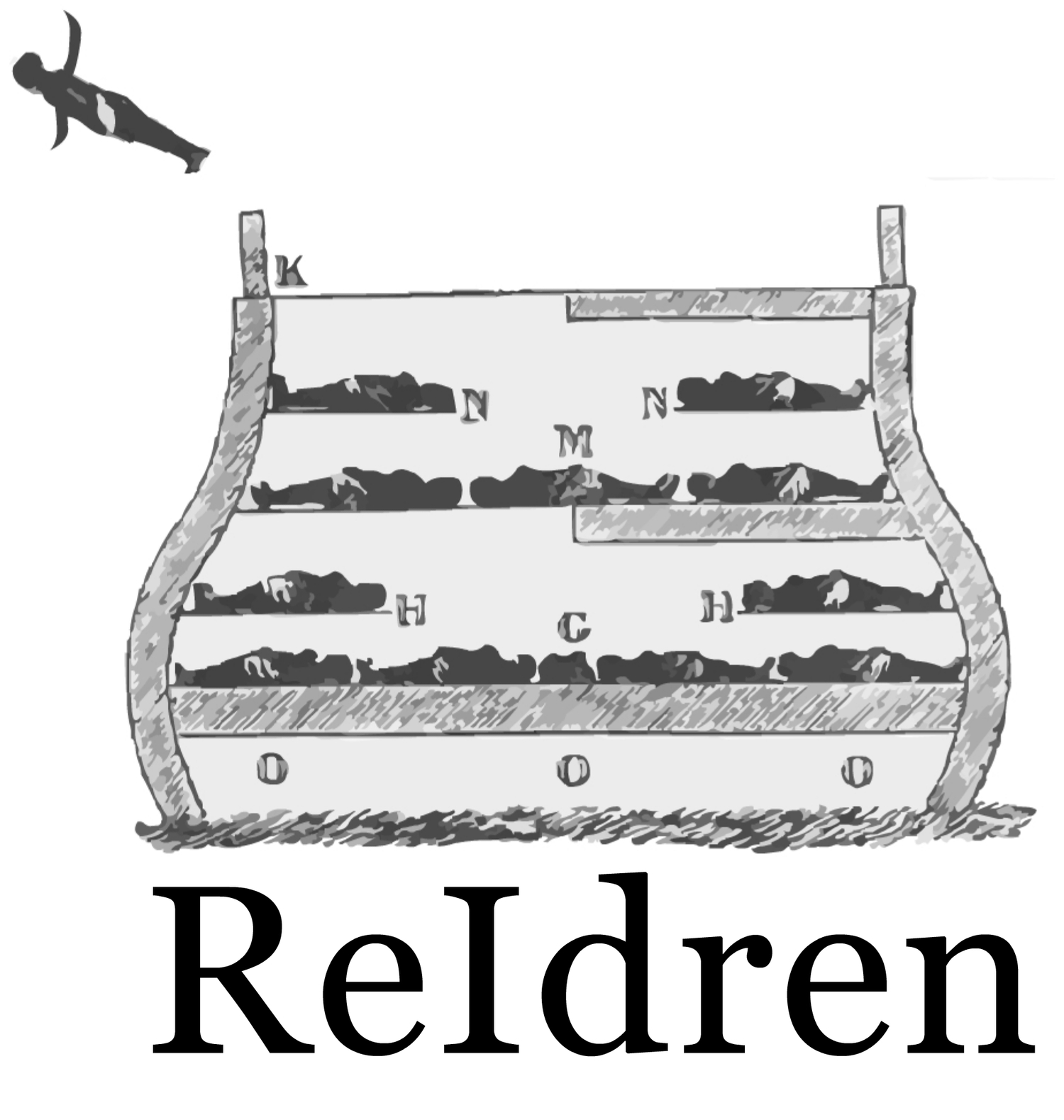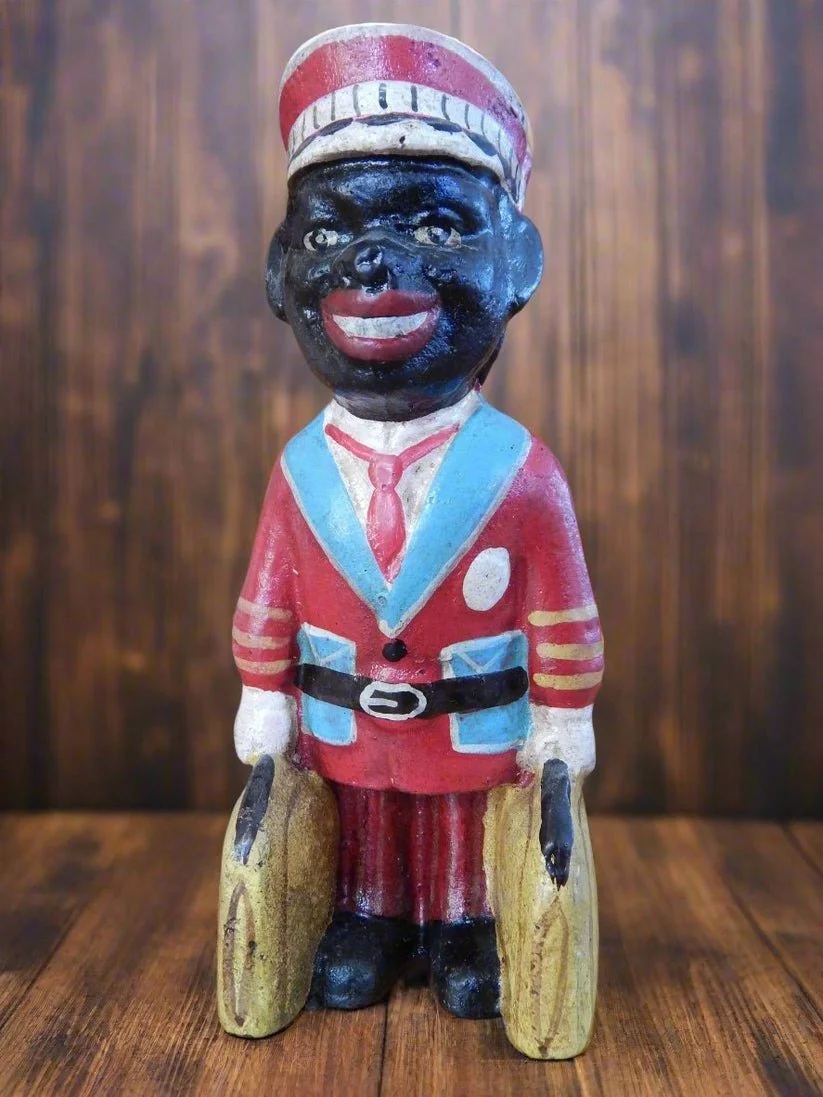Boston250 Initiative’s Paul Revere Lantern, Drone display in Boston Harbor, April 2025
There have been some interesting official performances commemorating Boston’s 250th anniversary of the American Revolution’s beginning and the events of 1775. Mayor Wu and the Boston 250 Initiative pulled out the tech and media stacks that largely went unnoticed in David Walker City (Roxbury, Dorchester, and Mattapan). What’s going on?
It mostly concerns an old dilemma: how to rearticulate America’s founding violence through a narrative of redemption. Backdropped against the African Meeting House/Museum funding cuts on Joy St. in Beacon Hill (and at other sites of ‘Black Archive’ across the United States), it is important to see what now is to be told. What is shallow and performative? What is deep?
For example, Boston merchants were deep ‘triangle traders’. But they are honored, still...before invisibilized others. Boston Industrialists, lords of the loom, were deep partners with cotton planters, the lords of the lash. But they are lifted, in that Revolutionary genealogy, still…before invisibilized others. Officials from the FBI and the City of Boston strategized how to tear down, off-road, and diminish or co-opt Dr. King’s march and meetings in April of 1965. But saying that “Boston marched with Dr. King," does the perform...tells the redemption. The Mayor and the Celebrants can feel good at the quick incorporation of Black resistance into Boston’s self-narrative, while severing these moments from the systematic anti-Blackness that necessitated such resistance. This allows Boston to position itself as both revolutionary in origin and a progressive inheritor of justice movements.
Go slowly through the ‘official political’ (Boston 250 and city government) script. It's a difficult one to write: the Mayor is a child of Asian immigrants, holding a very visible American political office. There is a ‘cuff’ there too. But it is harder to read, that is, as a black man in David Walker City. The mayor’s use of certain pronouns and emphasis on "everyday revolutionaries" fighting for "our own" conceals how the revolutionary social contract was fundamentally anti-Black, with both Northern merchants and Southern planters united (confederated) to build an entity where massive Black transhipment and death remained a structural necessity.
The drone display's visual spectacle was a dazzling technological performance, but a distraction. Are black people outside or inside of the American Revolution project’s idea of “the people”? More than hypocrisy or historical inaccuracy, this pleasure, spectacle, and commemoration actively reproduces the fundamental antagonism by rendering it invisible, allowing for the continuous re-enjoyment of the founding trauma without responsibility or reckoning.
Willie Bennett sat out the apology, Mayor. His family vented – where was their restitution after a false (Carol Stuart murder) accusation tore through a community? There are life lessons in that moment of Black family outcry (the wound made visible, the vulnerability voiced), but it could have perhaps been ingathered rather than performative…staged. The city's absolution remains incomplete, a colonial ritual without African repair.
Willie sat out.
By Willie, I mean us, the people.
#hhbbos, #hhbne, #somethingisoff, #youspelledAfricanCausalityincorrectly, www.reidren.com/tours, www.facebook.com/groups/hhbne






